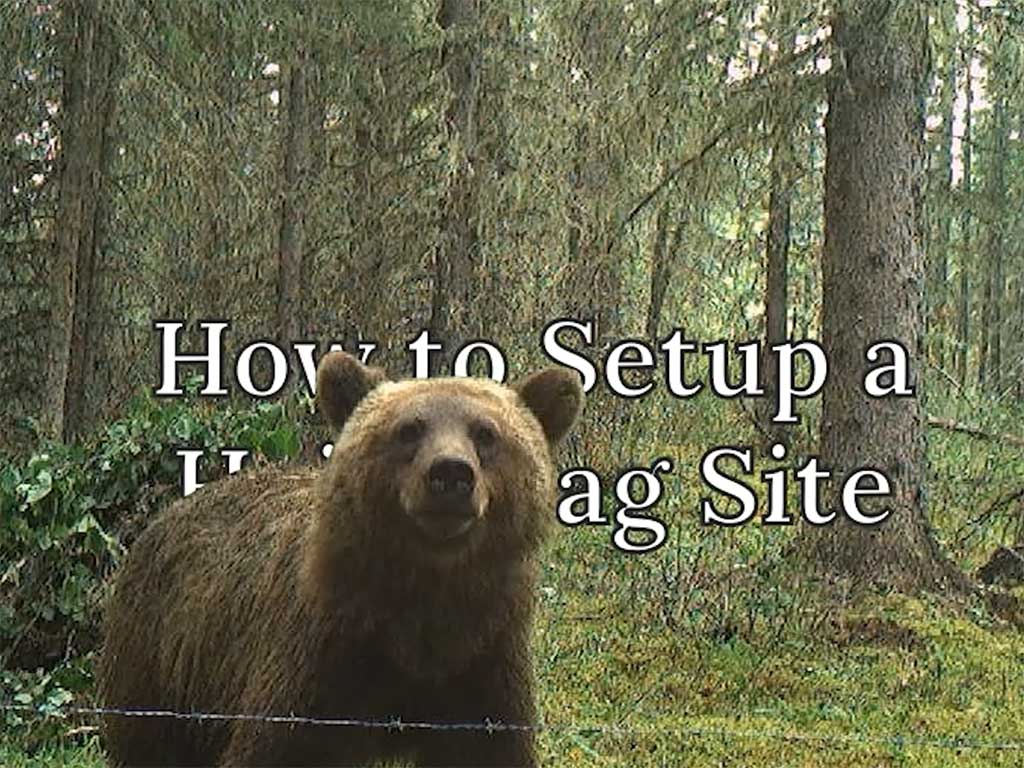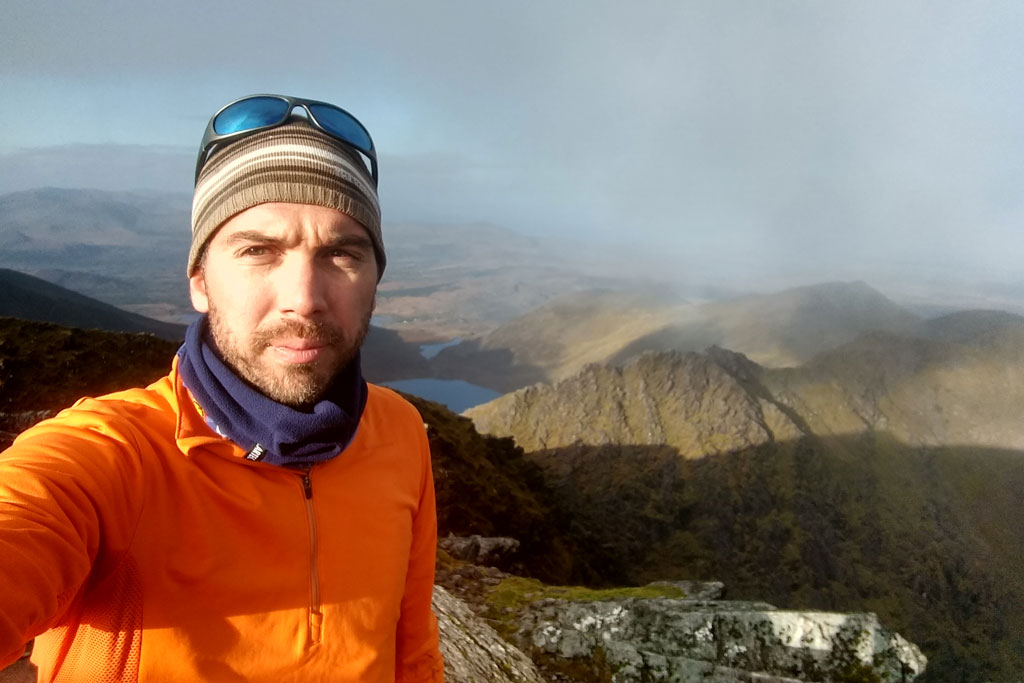
Eagles, vultures, and owls; sea birds, waders, and dippers; and most recently sage-grouse. Besides birds, Dr. Darío Fernández-Bellon has also studied and worked to conserve reptiles and mammals, but he was still beginning to feel a bit pigeon-holed.
“When I moved to Canada, I was looking for a chance to work on something special to Canada,” says Darío, “and the grizzly bear is such an iconic species.”
It takes a wide lens to take in the full scope of Darío’s career in conservation biology. He has studied many species, on many continents, making contributions to many questions along the way. One thing that stands out is that his research has touched on both sides of the human-ecology relationship: the ecological responses to human activity, but also how people respond to conservation messaging.
“As cheesy as it sounds, I want to know that my work is making a difference,” says Darío.
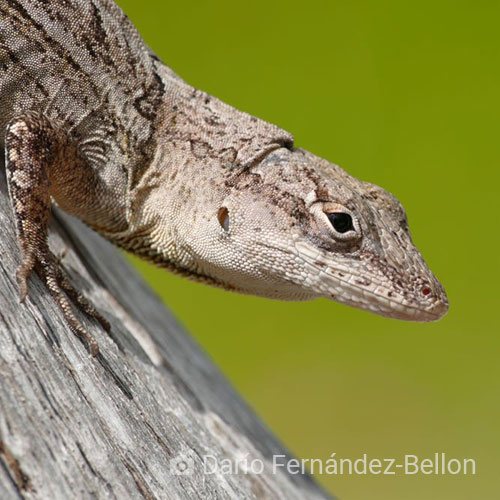
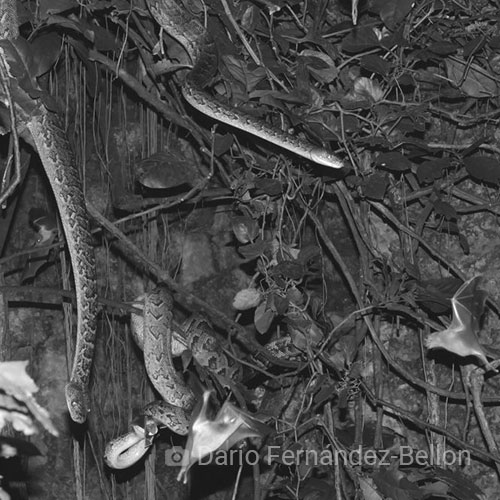
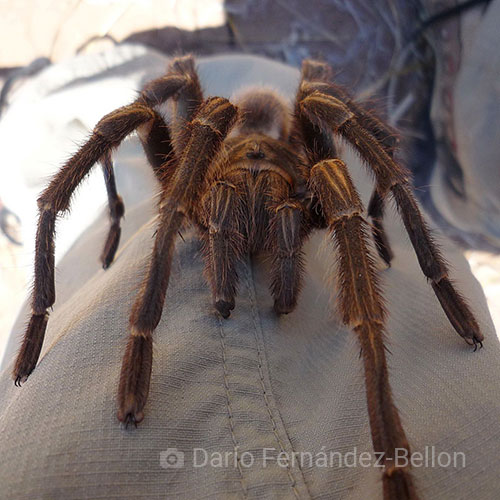
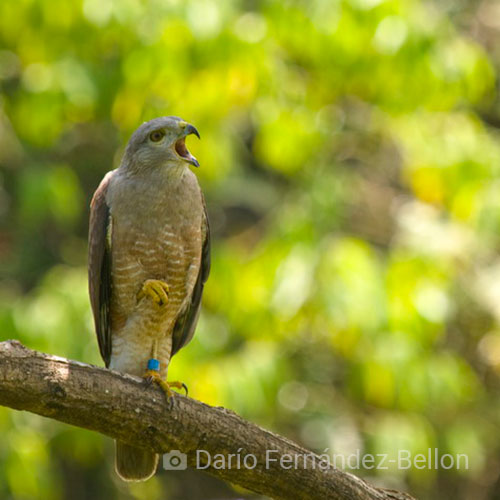
As the Grizzly Bear Monitoring Project Lead, Darío is excited about working to benefit such an important threatened species through population monitoring and related research, and also making our methods more effective.
“So many things in science are just done a particular way because that’s how the first person did it, and we don’t really know if that’s the best way. For example,” says Darío, “most bear hair-sampling studies have generally set barbed wire for grizzly bear hair snags at about knee height, but it wasn’t until just recently that someone systematically tested different heights and confirmed that 50cm was the most effective.”
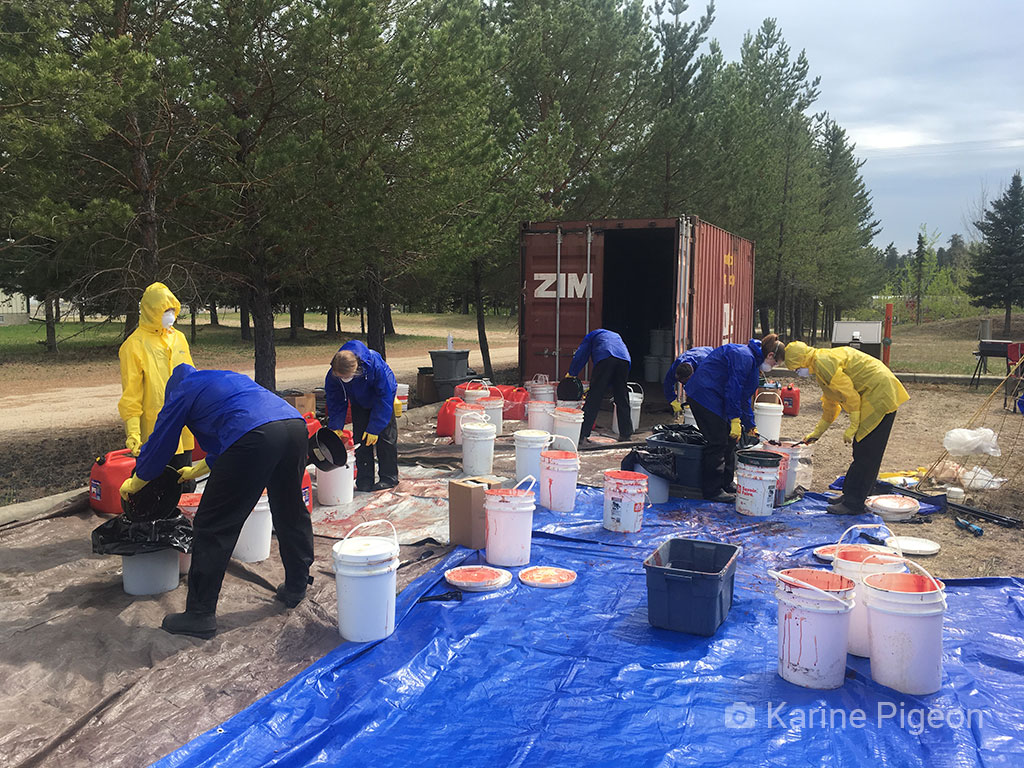
One target he has is the type of scent lure used in hair snag sites. Since 2004, the Grizzly Bear Program has always used cattle blood. Although very attractive to bears, working with cattle blood is at best messy and at worst a logistical nightmare. This field season, Darío will test it against commercial scent lures, which are much easier to work with and could be more reproducible for other research groups.
“Improving methods can have a wider impact than just in our study because it can help conservation biologists working around the world on many different species.”
Darío started in May and quickly hired a small field crew for the first season. Because of the logistical challenges of starting a new program, and the wildfire situation throughout the proposed study area, he will have to be adaptable. In a career that has taken him from the Pyrenees to the Andes to the Carpathians and finally to the Rocky Mountains in Hinton, that is a skill he has particularly developed.








